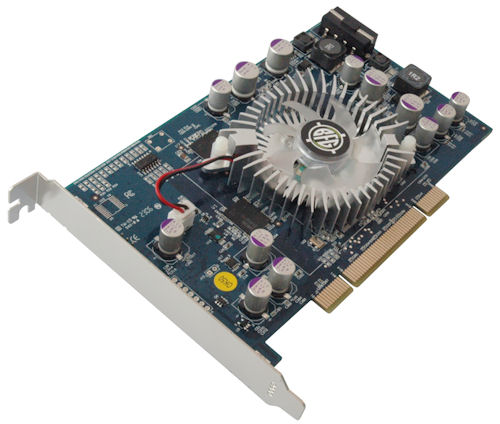How important is physics?
When the news broke that NVIDIA had acquired AGEIA, HEXUS.channel’s view was that this could leave AMD out in the cold as physics becomes a greater part of computer games, with Intel already owning the only other physics technology company – Havok. Obviously the key variable is the importance of physics in gaming, so we decided have a look at that in greater depth.
In the context of computer games, physics concerns the calculation of physical interactions between objects and the movement of objects and particles in events like explosions. The better the physics processing, the more realistic the physical interactions and, in principal, the more true-to-life the gamers’ interaction with their in-game environment.
This is all great and definitely desirable, but the question is: how desirable? Epic’s Unreal Engine 3 is a very good game engine that uses Ageia physics, but you don’t need a PhysX card to run any game based on the engine; you just get more with a PhysX card. The game doesn’t run faster, all that happens is the base levels of physically interacting objects is increased.
The problem this creates is that gamers already expect the level of physics that the game engine is already delivering. The case for them spending extra money to get more of something they’re already satisfied with isn’t that compelling.
 A BFG PhysX card - we won't be seeing many more of these
A BFG PhysX card - we won't be seeing many more of these
Other ways of offering physics to gamers are to get the CPU or GPU (e.g. HavokFX) to do the physics processing. In the latter case you are essentially asking gamers to sacrifice some frame rate in favour of better physics processing, something most would be unlikely to do and thus not a very viable model.
CPUs, meanwhile, tend to come with multiple cores these days, most of which are being under utilised by current software. The two main demands on a CPU during a game are the artificial intelligence and physics and now you can assign a core to each of them. So before, where you’d be lining up instruction sets and data for processing turn in turn, you can now run them all concurrently and have an entire 3.2GHz CPU doing just that task. So why buy a PhysX card?
This creates a bit of a chicken-and-egg situation as developers can’t see the point in spending time and money coding for hardware that few gamers use and hardware vendors find it difficult to sell hardware that has few applications in the gaming world.









